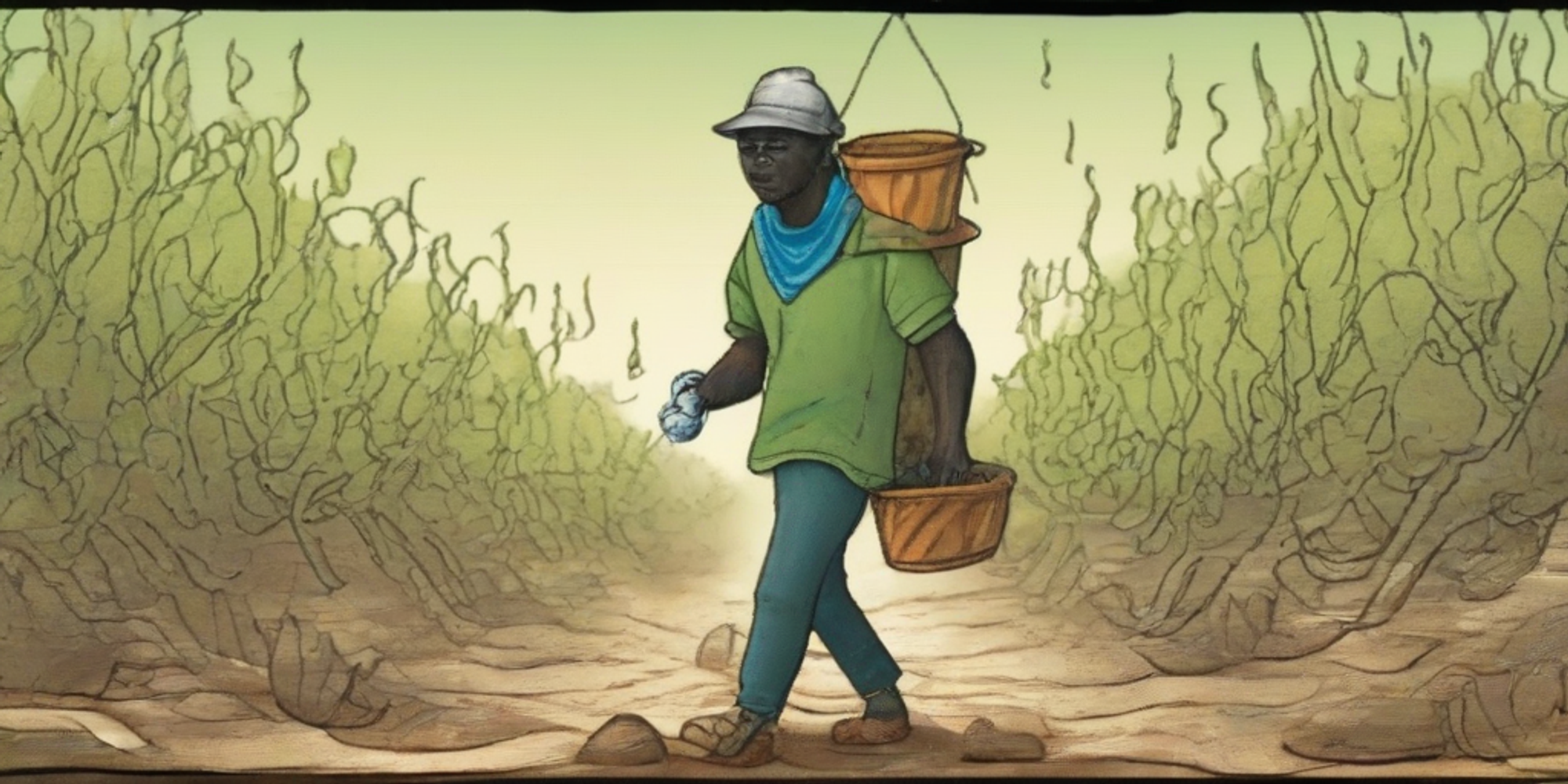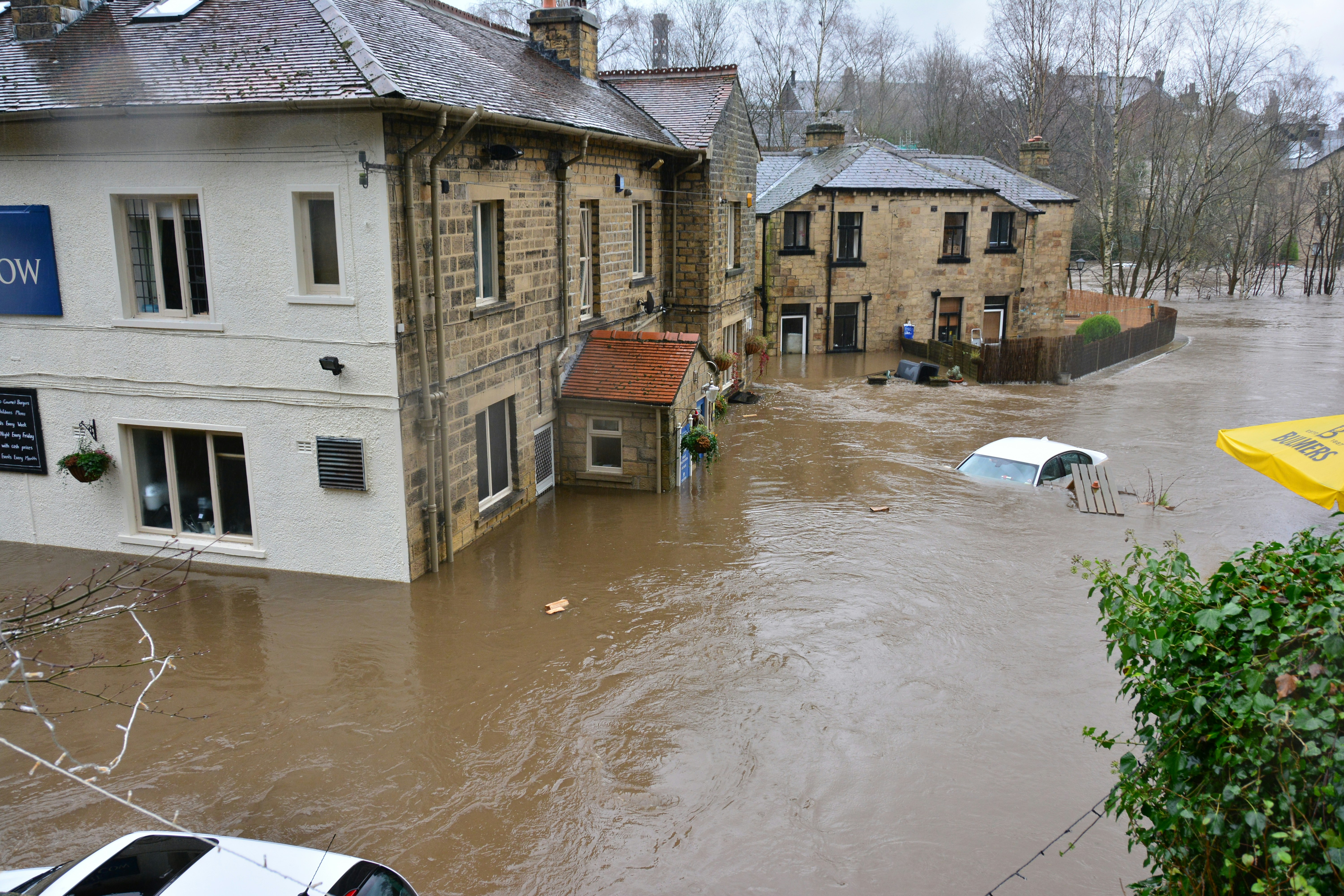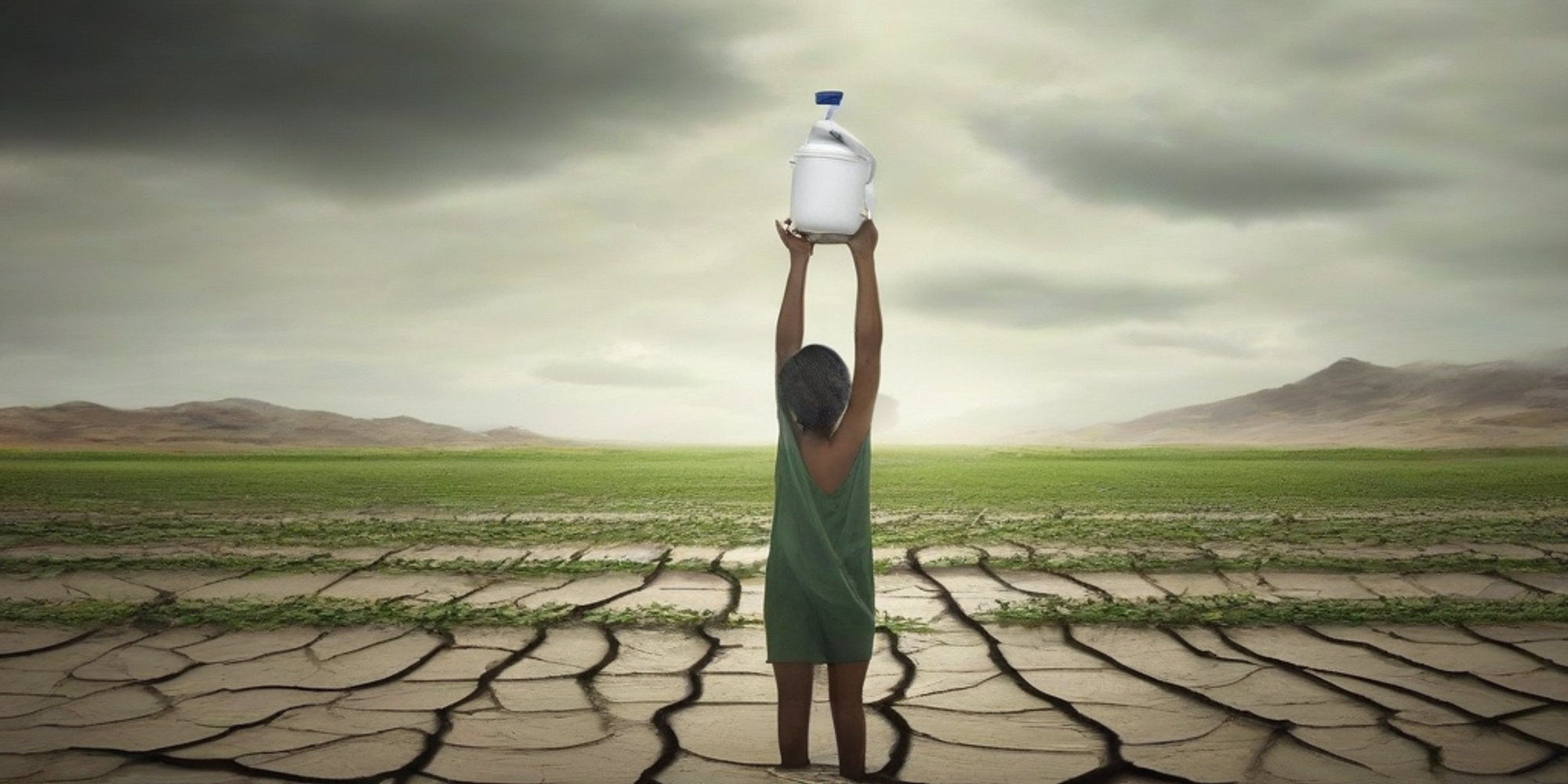
Water Scarcity: A Global Challenge
Water scarcity is a pressing global issue that impacts every living being on the planet. It is caused by a range of factors, including harsh climates, rapid population growth, overuse, pollution, and climate change. Physical water scarcity denotes an area that lacks sufficient water, while economic water scarcity refers to areas where clean water is inaccessible due to financial constraints.
Over 50% of humanity deals with water scarcity for at least a month each year, while millions lack access to basic sanitation services. This uphill struggle requires urgent attention. Fortunately, we have come up with a range of solutions, including dams, reservoirs, rainwater harvesting, aqueducts, desalination, water reuse, and conservation.
Storage solutions like dams and reservoirs play a crucial role in collecting and storing water during surplus times to help us navigate through dry spells. However, it is essential to remember that manipulating nature comes with its share of consequences, such as damaging ecosystems and disrupting downstream water flow.
Rainwater harvesting, an ancient tradition, involves collecting droplets from the heavens before the earth consumes them. The Solar Impulse Label recognizes innovative, sustainable, and profitable ideas that tackle water scarcity, creating a win-win situation.
Advancements in desalination technologies, such as reverse osmosis and solar-powered desalination, make water management more energy-efficient and cost-effective. Modern rainwater harvesting techniques help catch more drops, store more water, reduce flooding and soil erosion, and contribute to sustainable water management.
Exciting advancements in water-smart agriculture, wastewater treatment solutions, and water conservation education are emerging. Artificial intelligence (AI) also plays an increasingly significant role in water management.
One person can make a difference in tackling water scarcity. A young girl named Amina inspired her small village's transformation by starting a community garden that used rainwater harvesting techniques to water plants. Over time, her efforts had a ripple effect, inspiring more people to adopt sustainable water management practices.
In the broader context, the US loses 2.1 trillion gallons of treated drinking water each year due to aging and leaky infrastructure. However, the Environmental Protection Agency (EPA) is working on promoting innovative plumbing products, water reuse practices, cost-effective desalination methods, and drought response.
As we face this challenge, let us remember the importance of understanding the urgency and taking action. While we have made progress, we still have a long way to go. It is critical that we tackle this issue head-on and not let the tap run dry.# Water Scarcity: A Global Challenge
Water scarcity is a pressing global issue that impacts every living being on the planet. It is caused by a range of factors, including harsh climates, rapid population growth, overuse, pollution, and climate change. Physical water scarcity denotes an area that lacks sufficient water, while economic water scarcity refers to areas where clean water is inaccessible due to financial constraints.
Over 50% of humanity deals with water scarcity for at least a month each year, while millions lack access to basic sanitation services. This uphill struggle requires urgent attention. Fortunately, we have come up with a range of solutions, including dams, reservoirs, rainwater harvesting, aqueducts, desalination, water reuse, and conservation.
Storage solutions like dams and reservoirs play a crucial role in collecting and storing water during surplus times to help us navigate through dry spells. However, it is essential to remember that manipulating nature comes with its share of consequences, such as damaging ecosystems and disrupting downstream water flow.
Rainwater harvesting, an ancient tradition, involves collecting droplets from the heavens before the earth consumes them. The Solar Impulse Label recognizes innovative, sustainable, and profitable ideas that tackle water scarcity, creating a win-win situation.
Advancements in desalination technologies, such as reverse osmosis and solar-powered desalination, make water management more energy-efficient and cost-effective. Modern rainwater harvesting techniques help catch more drops, store more water, reduce flooding and soil erosion, and contribute to sustainable water management.
Exciting advancements in water-smart agriculture, wastewater treatment solutions, and water conservation education are emerging. Artificial intelligence (AI) also plays an increasingly significant role in water management.
One person can make a difference in tackling water scarcity. A young girl named Amina inspired her small village's transformation by starting a community garden that used rainwater harvesting techniques to water plants. Over time, her efforts had a ripple effect, inspiring more people to adopt sustainable water management practices.
In the broader context, the US loses 2.1 trillion gallons of treated drinking water each year due to aging and leaky infrastructure. However, the Environmental Protection Agency (EPA) is working on promoting innovative plumbing products, water reuse practices, cost-effective desalination methods, and drought response.
As we face this challenge, let us remember the importance of understanding the urgency and taking action. While we have made progress, we still have a long way to go. It is critical that we tackle this issue head-on and not let the tap run dry.# Water Scarcity: A Global Challenge
Water scarcity is a pressing global issue that impacts every living being on the planet. It is caused by a range of factors, including harsh climates, rapid population growth, overuse, pollution, and climate change. Physical water scarcity denotes an area that lacks sufficient water, while economic water scarcity refers to areas where clean water is inaccessible due to financial constraints.
Over 50% of humanity deals with water scarcity for at least a month each year, while millions lack access to basic sanitation services. This uphill struggle requires urgent attention. Fortunately, we have come up with a range of solutions, including dams, reservoirs, rainwater harvesting, aqueducts, desalination, water reuse, and conservation.
Storage solutions like dams and reservoirs play a crucial role in collecting and storing water during surplus times to help us navigate through dry spells. However, it is essential to remember that manipulating nature comes with its share of consequences, such as damaging ecosystems and disrupting downstream water flow.

Rainwater harvesting, an ancient tradition, involves collecting droplets from the heavens before the earth consumes them. The Solar Impulse Label recognizes innovative, sustainable, and profitable ideas that tackle water scarcity, creating a win-win situation.
Advancements in desalination technologies, such as reverse osmosis and solar-powered desalination, make water management more energy-efficient and cost-effective. Modern rainwater harvesting techniques help catch more drops, store more water, reduce flooding and soil erosion, and contribute to sustainable water management.
Exciting advancements in water-smart agriculture, wastewater treatment solutions, and water conservation education are emerging. Artificial intelligence (AI) also plays an increasingly significant role in water management.
One person can make a difference in tackling water scarcity. A young girl named Amina inspired her small village's transformation by starting a community garden that used rainwater harvesting techniques to water plants. Over time, her efforts had a ripple effect, inspiring more people to adopt sustainable water management practices.
In the broader context, the US loses 2.1 trillion gallons of treated drinking water each year due to aging and leaky infrastructure. However, the Environmental Protection Agency (EPA) is working on promoting innovative plumbing products, water reuse practices, cost-effective desalination methods, and drought response.
As we face this challenge, let us remember the importance of understanding the urgency and taking action. While we have made progress, we still have a long way to go. It is critical that we tackle this issue head-on and not let the tap run dry.


